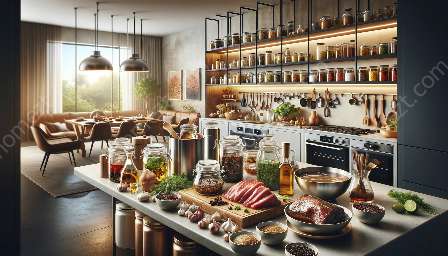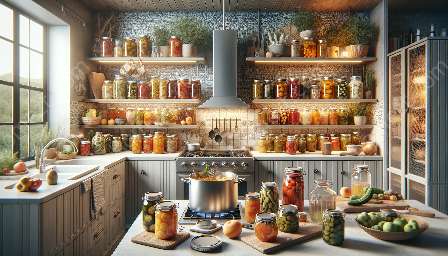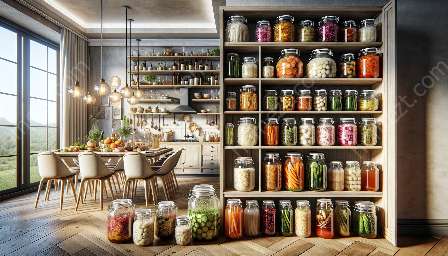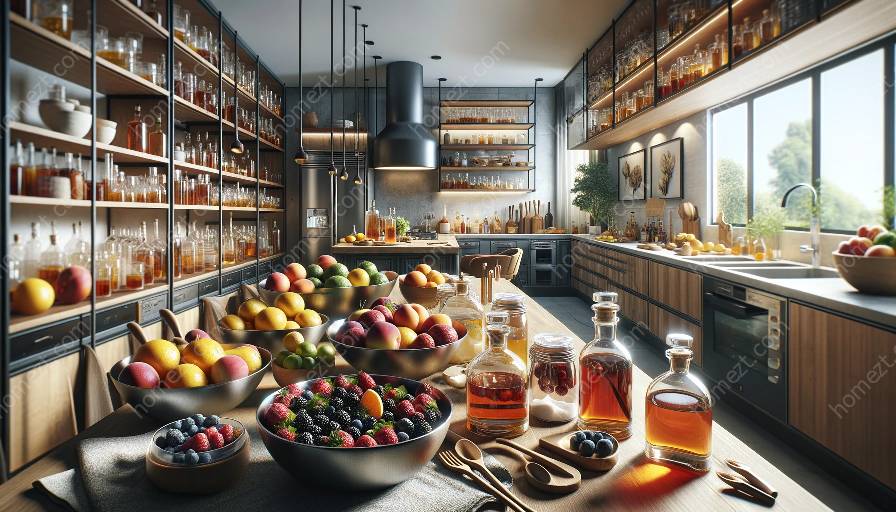Macerating is a technique that involves marinating or soaking vegetables, fruits, or meats in a liquid to enhance flavor, texture, and aroma. This process is commonly used in cooking techniques to infuse ingredients with additional taste and complexity.
Understanding Macerating
Macerating, derived from the Latin word 'macerare' meaning 'to soften,' involves using a liquid to soften or break down the fibers of ingredients such as fruits, vegetables, and meats. The process can also involve adding sweeteners, spices, or other flavorings to create a well-balanced infusion of tastes.
Macerating is commonly used in the kitchen to prepare dishes such as fruit salads, compotes, and marinated meats. Additionally, the technique is popular in dessert-making to extract juices and flavors from fruits for use in cakes, pastries, and other sweet treats.
Benefits of Macerating
Macerating offers numerous benefits when used in cooking techniques. It not only enhances the natural flavors of ingredients but also helps to soften and tenderize tougher cuts of meats. Furthermore, macerating can add depth and complexity to dishes by infusing them with the flavors of herbs, spices, or alcoholic beverages like wine or liqueurs.
When fruits are macerated, they release their natural juices, which can be utilized for creating flavorful dressings, sauces, or syrups. Maceration can also elevate the aromatic profile of ingredients, making them more appealing to the senses and adding visual interest to the dish.
Techniques for Macerating
There are several methods for macerating, including cold maceration, where ingredients are soaked in a liquid at refrigeration temperature, and warm maceration, which involves heating the liquid to speed up the process. The time required for macerating varies based on the ingredients and desired results, ranging from a few hours to several days.
For optimum results, it is essential to choose ripe, quality ingredients and the right liquid or flavorings to complement the dish's overarching flavor profile. Common liquids used for macerating include vinegar, wine, fruit juice, and spirits. Additionally, sweeteners such as sugar, honey, or maple syrup can be added to balance the acidity of the liquid and enhance the natural sweetness of the ingredients.
Macerating and Kitchen & Dining Experience
Macerating plays a significant role in enhancing the kitchen and dining experience. By infusing ingredients with additional flavors and aromas, macerating can elevate the overall taste and appeal of dishes, making them more enjoyable for diners.
From creating vibrant fruit salads and refreshing beverages to tenderizing meats and enhancing desserts, macerating offers a versatile way to add depth and complexity to culinary creations. Whether in a professional kitchen or at home, understanding the art of macerating can open up a world of creative possibilities for chefs and home cooks alike.
Embrace the art of macerating to transform ordinary ingredients into extraordinary culinary delights, and elevate the dining experience with enhanced flavors and textures.


























